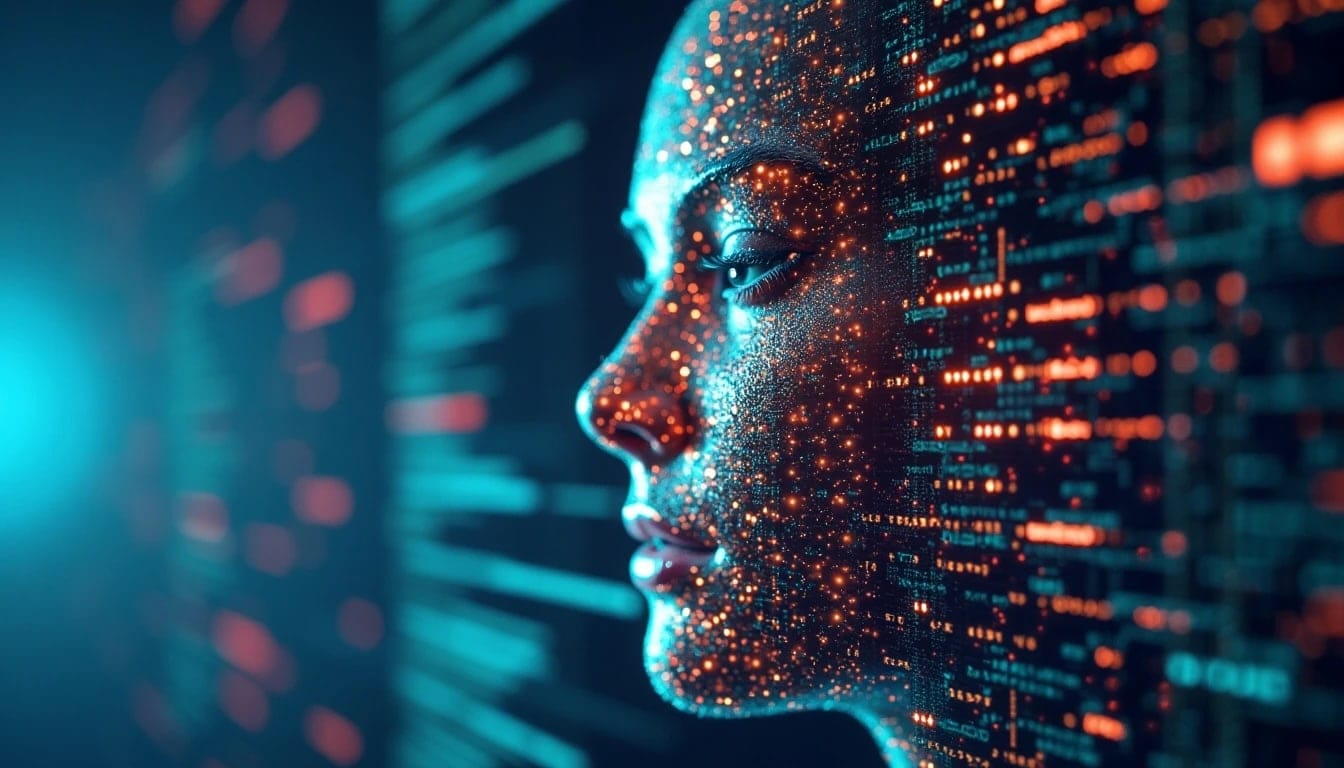Haoyuan Li, founder and CEO of Alluxio, shares his vision on the most relevant technological trends for the coming year. From multi-modal training to the evolution of MLOps, his predictions highlight the challenges and advancements that will shape the future of AI and data management.
The Rise of Multi-Modal Training
Haoyuan Li anticipates that multi-modal training, which integrates text, image, audio, and video data, will become the predominant standard by 2025. This approach will enable AI systems to better understand the complexities of real-world data, making applications such as autonomous driving or medical interpretation more accurate and efficient. Furthermore, this shift will drive the need for more advanced hardware and optimized storage to handle increasingly demanding training environments.
“Integrating multiple types of data not only enhances model accuracy but also significantly broadens the applications of AI in real-world scenarios,” Li notes.
Pre-Training as a Competitive Advantage
Li emphasizes that access to specific, high-quality data will be a decisive factor for companies developing large language models (LLMs). Those that can leverage substantial data infrastructures will have the advantage of creating specialized, highly competitive solutions. However, he also warns about the challenges of managing and transforming this data, which could become a significant obstacle for organizations lacking advanced big data capabilities.
Comment: In a world where personalization is key, this approach underscores the importance of having robust, quality data to differentiate in highly competitive markets such as finance, healthcare, or education.
Data Access Management: A Critical Challenge
The explosion of data distributed across multiple clouds and storage systems poses one of the biggest challenges for companies in 2025, according to Li. To scale AI initiatives efficiently, it will be essential to implement technologies that provide rapid and concurrent access to data, minimizing unnecessary movement and duplication.
“Companies that can overcome these barriers will be able to scale their AI initiatives more effectively, significantly differentiating themselves from their competitors,” Li emphasizes.
Rethinking the Cloud Economy in the Age of AI
Instead of focusing solely on cost reduction, Li predicts that companies will reorganize their cloud strategies to optimize the return on investment for their AI workloads. This shift will promote the use of hybrid models that balance costs and performance across local infrastructures and public clouds.
Comment: This transition to smarter, results-driven strategies serves as a reminder of how AI is redefining even traditional models of technology infrastructure.
Maximizing GPUs as a Priority
With the exponential increase in the size of training datasets, optimizing the use of GPUs will be essential in 2025. Li anticipates that both hardware design and software solutions will evolve to keep these resources fully utilized and efficiently manage the growing demands for storage and processing.
Comment: This focus will be especially relevant for data centers and companies looking to maximize their hardware investments, ensuring a balance between performance and costs.
The Transition from MLOps to AIOps
For Li, 2025 will mark the transformation of MLOps into more comprehensive AIOps platforms capable of managing the entire lifecycle of AI systems. These platforms will include advanced capabilities for automation, monitoring, and continuous learning, adapting models to dynamic environments and ever-changing needs.
“AI will be seen as a living system, constantly evolving, which will require new tools and practices for its management,” adds Li.
An Innovation and Efficiency-Driven Future
Haoyuan Li’s predictions for 2025 highlight the importance of combining technological innovation with intelligent data and infrastructure management strategies. From adopting multi-modal training to transitioning to AIOps, these trends underscore how companies must rapidly adapt to lead in an increasingly competitive landscape.
Li’s vision not only illuminates the technical challenges of the future but also demonstrates how companies can leverage them as opportunities to position themselves at the forefront of digital transformation.

